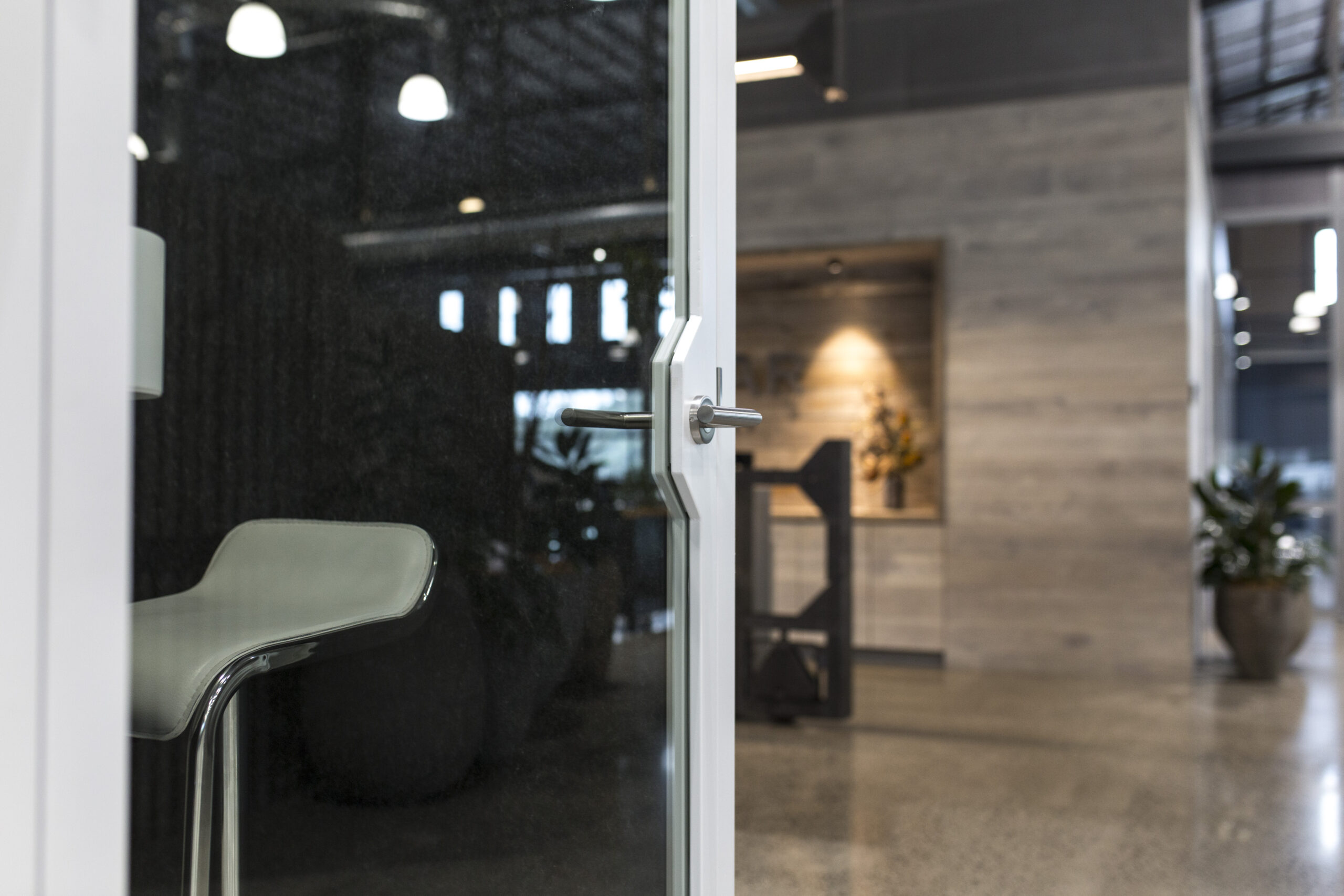If you’re responsible for workplace wellbeing, productivity, or employee engagement, you’ve probably noticed some common trends:
Many employees are stretched thin. Distraction is becoming the default, and deeper thinking often gets edged out.
And yet, innovation and creativity have never been more in demand.
We try to fix it with tools, time management workshops, or better policies — but there’s one overlooked factor that silently shapes every workday: The way your office is wired for thinking.
The Way We Work Is Out of Sync with the Way We Think
Most offices are built for output. Fast responses, tight deadlines, non-stop collaboration. Especially in open-plan environments, the default setting is always on — meetings, inboxes, background noise, constant visibility.
But the brain doesn’t thrive in nonstop focus. In fact, studies show that sustained cognitive performance requires moments of mental decompression — the space between tasks, where insight can arise.
When we only support one type of thinking — the outward-facing, hyper-focused, get-it-done mode — we lose the quieter half of what drives innovation:
- Reflection
- Pattern recognition
- Strategic clarity
- New ideas
This isn’t just a wellness issue — it’s a productivity one.
Inhale. Exhale. Think.
According to neuroscience researcher Dr Barbara Oakley, the brain naturally shifts between two distinct modes of thinking:
- Focused Mode — goal-driven, analytical, task-oriented
- Diffuse Mode — reflective, associative, open-ended
You’ve probably felt both.
Ever been stuck on a problem — a report, a project, a decision — and tried to push through by focusing harder… only to go in circles?
Then later, as you step outside, wash the dishes, or just stare out the window, the answer appears — like it had been waiting in the wings the whole time?
That’s diffuse mode at work. It kicks in when you stop trying.
When your mind has room to breathe.
When your environment tells your nervous system: it’s safe to soften.
You can also think of it like a breathing cycle:
- Inhale — focused work, task execution, problem solving
- Exhale — reflection, internal synthesis, drawing insights
Most offices are designed to inhale. To stay in motion.
But without the exhale, there’s no integration. No clarity. No creativity. That’s not just a wellbeing problem — it’s a design problem.
Supporting both modes doesn’t mean turning your office into a meditation retreat — it means giving people choices. The choice to drop into deep work, and the choice to step back. To exhale. And return with something fresh.
Most modern offices make space for focus.
Very few make space for drift — and that’s where the deeper thinking happens.
Designing Space for the Way We Think
This is where physical design becomes a quiet but powerful ally.
When employees are constantly overstimulated — by noise, movement, or interruptions — it becomes harder to enter either mode of effective thinking. Focus becomes fractured. Reflection becomes impossible.
Silent Pods offer a flexible, low-footprint solution.
They give employees a space to drop in — whether it’s to finish a report, take a sensitive call, or simply step away from the buzz of an open office.
And while stepping outside will always have its place, the question is:
How can we embed micro-breaks and reset spaces into the rhythm of the workday — instead of always needing to leave it?
Pods don’t just support productivity. They support:
- Mental clarity, by offering true quiet
- Emotional regulation, especially in high-pressure moments
- Deeper thought, free from the churn of distractions
- Psychological safety, through privacy and control
- Autonomy, by allowing people to choose how they work best
When people feel safe, grounded, and uninterrupted, they don’t just work better — they feel better. That’s when wellbeing turns into performance.
A well-designed workspace doesn’t force one way of working. It creates an ecosystem that supports the brain’s natural rhythm.
Silent Pods are a small change that speaks to a much bigger truth:
We do better when we’re given space to breathe.
A More Human Way to Work
The future of work isn’t just about hybrid policies or new software — it’s about creating environments that support how humans actually think.
When your office design mirrors the brain’s natural rhythm — focus and rest, inhale and exhale — your team doesn’t just get more done. They think more clearly, solve deeper problems, and feel more grounded doing it.
You’re already investing in your people. What if your space could support them just a little more?
Ready to bring a little more rhythm and reflection into your workspace? Send us a message — we’d love to hear what you’re working on.

